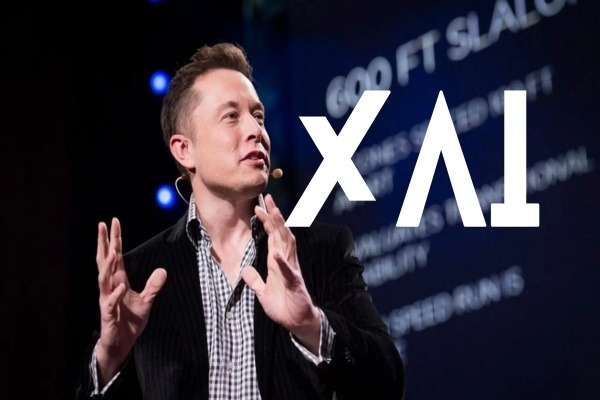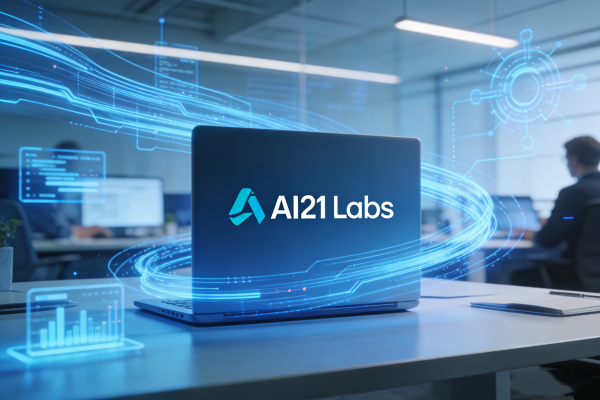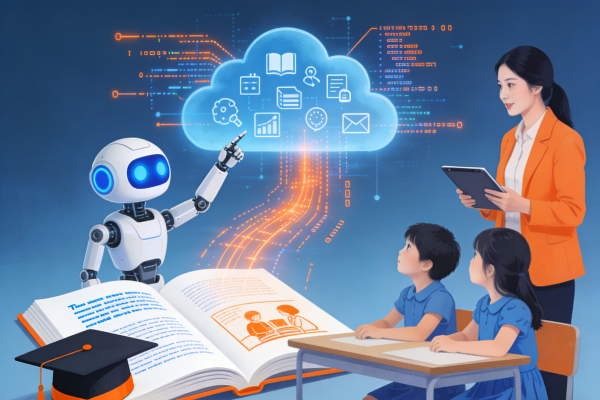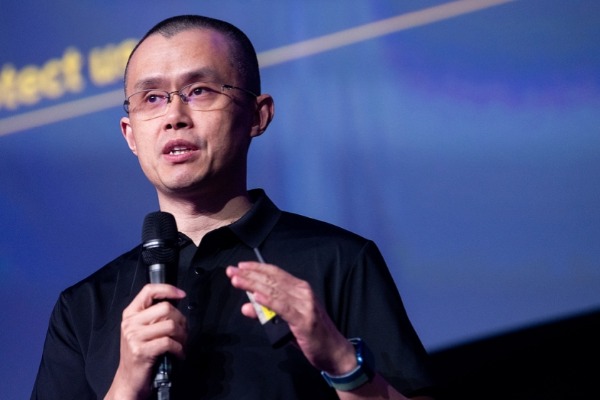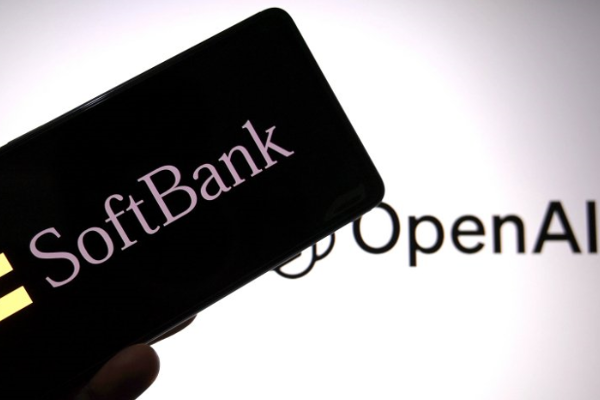Trillion-dollar market: Autonomous economy is emerging in Web3
Every technological change will give rise to a new economic model. Welcome to the dawn of the Web3 autonomous economy.
Every technological change will give rise to a new economic model:
Industrial Revolution - Manufacturing Economy
Personal Computers - Software Economy
Internet - E-commerce Economy
Streaming - Subscription Economy
Public Cloud - SaaS (Software as a Service) Economy
iPhone - App Economy
Social Media - Creator Economy
Bitcoin and Blockchain - Cryptocurrency/Web3 Economy - Decentralized Finance (DeFi) Economy
Electric Vehicles - Clean/Green Tech Economy
Artificial Intelligence/Machine Learning (AI/ML, Pre-Large Language Models) - Prediction/Automation Economy
Large Language Models (LLMs) - Autonomous Economy
The Rise of Giants
In these technological transformations, there are always some giant companies that emerge and control most of the market in the emerging economy:
Industrial Revolution: General Electric (GE) Electric), Ford, Siemens, Caterpillar
Software economy: Microsoft, IBM, Oracle, Adobe
E-commerce: Amazon, eBay, Alibaba, Shopify
Subscription economy: Netflix, Spotify, Disney+, Hulu
SaaS economy: AWS, Microsoft Azure, Google Cloud, Salesforce, ServiceNow
App economy: Apple, Google Play (Android), Tencent (WeChat), Meta (Instagram/WhatsApp)
Creator Economy: Meta (Facebook, Instagram), YouTube, TikTok, Patreon, Substack
Crypto Economy: Coinbase, Binance, Ethereum, Solana, Uniswap, Aave
Green Tech Economy: Tesla, BYD, Rivian, Lucid, ChargePoint, CATL (batteries)
Prediction/Automation Economy: Google DeepMind, Palantir, Nvidia, UiPath
Autonomous Economy: OpenAI, Anthropic, Grok, DeepSeek, Alibaba, Hugging Face
Where Disruptors Come in
These giants try to predict and capture the next emerging economic sector, but due to their size and strategic focus, they cannot cover all segments. This has created opportunities for small, nimble companies that can quickly experiment with ideas and focus on very niche markets:
Notion: disrupting traditional enterprise collaboration and knowledge management tools (e.g. Confluence, SharePoint)
Perplexity: disrupting search and information retrieval (e.g. Google Search, Wikipedia)
Substack: disrupting traditional publishing and media industries (e.g. blogs, newsrooms, Medium)
Grab/Uber: disrupting urban transportation and logistics (e.g. taxis, car rentals, delivery services)
Netflix: disrupting cable TV and physical media (e.g. Blockbuster, traditional radio)
Airbnb: disrupting the hotel and accommodation industry (e.g. traditional hotels, travel agencies)
Amazon: disrupting physical retail (e.g. Walmart, local stores, Sears)
As these disruptors change the way industries work, they themselves become new giants in their respective fields and create opportunities for future emerging players to disrupt them again.
Autonomous Economy
In the autonomous economy, AI agents (Agentic AI) have completely changed the way industries work. These AI agents act as digital labor and can actively complete tasks. Autonomous AI interfaces are now commonplace, significantly reducing user time investment while increasing productivity. This shift makes goods and services more efficient, especially in industries where humans perform repetitive tasks, where AI and AI agents can significantly reduce costs and increase efficiency.
In the Web2 era, the best incubator and distribution network for top startups demonstrating AI and AI agent applications is @ycombinator, especially in recent batches.
Midship: Scaling financial audit work with AI
Cuckoo: Providing real-time AI translation for global sales, marketing, and support
Tempo: Helping designers and developers collaborate to achieve 10x faster product delivery
Ascend: AI-based financial statement analysis platform
As large language models (LLMs) continue to improve, AI capabilities continue to increase, more industries are being disrupted, and more and more roles and responsibilities are being improved or enhanced in productivity (not completely replaced yet).
Consumer AI in Web3 is brewing
In the Web2 era, Y Combinator, as the main distribution network, incubated and promoted many high-quality AI startups. In the Web3 space, @virtuals_io is playing a similar role through the Agent Commerce Protocol (ACP). ACP is an open standard for commercial collaboration between multiple AI agents, allowing them to call each other's services, negotiate prices, perform tasks, provide reviews, etc.
This mechanism has given rise to the Web3-driven autonomous economy (Agentic Economy), in which agents collaborate to create greater value for users. Autonomous hedge funds and autonomous media companies will be the first pilot projects of ACP to launch this new economic system.
Trillion-dollar opportunity
As @sequoia puts it:
“The core of the cloud transformation is Software-as-a-Service (SaaS). Software companies transforming into cloud service providers is a $350 billion market opportunity. The core of the AI transformation is Service-as-a-Software, thanks to Agentic Reasoning. Software companies transforming labor into software. This means the addressable market is no longer a software market, but a trillion-dollar service market.”
Now, imagine a Web3-powered AI agent economy that captures just a small portion of this ~$10 trillion service market through crypto-native use cases (such as trading, yield farming, i.e. crypto investing) and leveraging token incentives to accelerate growth. It will also be a huge opportunity.
Distribution Layer = Key to Win
The distribution network/coordination layer will be the biggest beneficiary in the transition to an agentic economy. This is because Crypto Tokens become the core of the Web3 AI monetization model: users need to stake, burn or hold tokens to access core intelligent agent products or use cases; tokens serve as core currency and are used to pay for computing resources and/or services.
This demand for tokens, and the natural alignment of incentives between long-term supporters and projects, means that there will always be trading volume to capture, whether on a decentralized exchange (DEX) or on a token launch platform. The distribution layer that can coordinate the autonomous economy and capture this trading volume will become the top player in this field and occupy a sizable portion of the ~$10 trillion market.
Welcome to the dawn of the Web3 autonomous economy. The future is here, and it is bold and free - this is the era of Web3 autonomy.
